Missouri's wine industry has deep roots — and once saved French vineyards from blight
When considering which bottle of wine to pair with holiday festivities, some might consider choosing one originating from locations well known for their wine production, such as California, France or Italy.
However, other options originate much closer to home. Missouri has a deep-rooted history as a wine producing region, with several varieties that are unique to the state. Among the grapes grown in Missouri are the deep-bodied Norton and Concord red grapes and the lighter Chardonel and Vignoles white grapes, each contributing their own distinctive taste to the state’s wine.
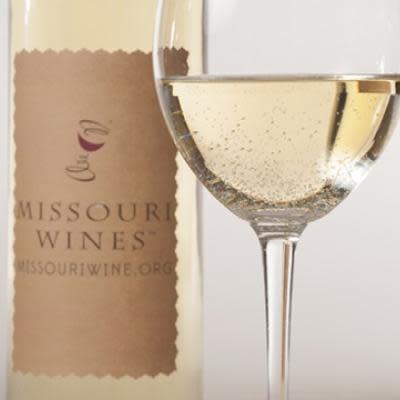
In addition, the Missouri wine industry contributes to the state’s economy, with an annual economic impact of $3.2 billion, according to a 2017 study. It supports more than 28,000 full-time jobs with $1 billion in annual wages. It sells 1.16 million gallons of wine every year and brings in more than 875,000 wine-related tourists each year.
“With 1,700 acres of grapes and 425 growers, harvest is a very exciting time in the vineyards of Missouri. Winemakers and vineyard managers work tirelessly to produce delicious options for everyone,” said Annette Alden, marketing director for the Missouri Wine and Grape Board, in an emailed response.
Missouri’s burgeoning wine industry in the 19th century
In the 1830s, a wave of German immigrants settled across the state, making new lives for themselves in towns such as Hermann, Dutzow, Defiance and Augusta. By the 1850s, there were almost 60 wineries in the Hermann area, producing more than 10,000 gallons of wine annually.
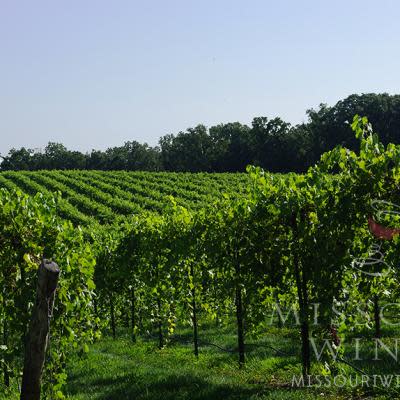
In the mid to late-1800s, Italian settlers made their way to the state as well, starting wine production in Rolla, Rosati and the St. James areas.
Missouri’s climate differs from many other regions that might traditionally be regarded as wine country, so the self-taught scientist George Husmann worked on solutions to improve the quality of the state’s wine in the mid-1800s.
“Husmann started researching soil types and crossing wild grapes with cultivated vines to create hybrids that could withstand the demanding weather patterns of Missouri,” Alden said.
Husmann, with the aid of Charles Valentine Riley, the state appointed entomologist, are credited for their help in saving the French wine industry in the 1870s. A blight caused by a louse known as phylloxera was prevalent in Europe at this time, and it wreaked havoc on French vineyards.
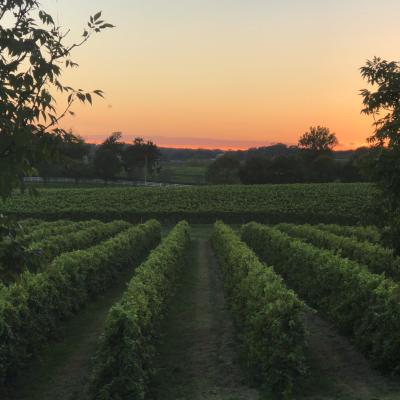
“Riley and Husmann found that Native American rootstocks were resistant to the pest,” Alden said. “Millions of cuttings of rootstock were taken to France and grafted to their vines, saving the industry.”
In recognition of this, the French erected two statues in Montpellier, France, a city on the southern border of the country near the coast of the Mediterranean Sea. The two statues still stand there today in commemoration of the event and shared history between France and Missouri.
More: Mark Twain's original handwritten manuscript of 'The Adventures of Tom Sawyer' restored
Winemaking in Missouri survives Prohibition, becomes booming industry
As the world entered the 20th century, Missouri’s wine industry had increased production to almost 3 million gallons a year. The state’s wine was winning international awards at World Fairs.
However, the wheels of industry came to a grinding halt with the enactment of the 18th Amendment, which imposed the rules of Prohibition across the nation. From 1920-1933, consuming, producing or selling alcohol was illegal in the United States, as lawmakers blamed it for contributing to poor morals and social behaviors.
“The once great industry had been completely dismantled,” Alden said. “Vines were pulled from the ground, barrels of wine dumped in the streets, and grand underground cellars reduced to propagating mushrooms.”
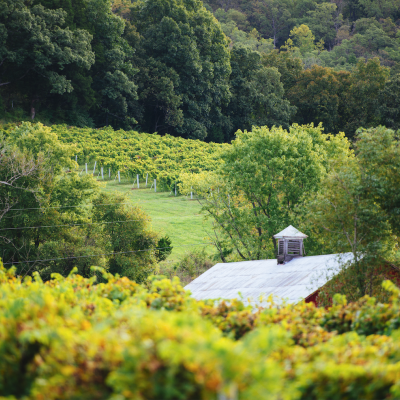
There is no telling how the Missouri wine industry might have grown had Prohibition not halted its progress. However, some Missourians refused to allow the state’s rich history in wine production to fade into the past and become a footnote in the history books.
“We have the forefathers of the current, thriving Missouri wine industry to thank for restarting and reinvigorating the winemaking traditions of the area,” Alden said.
In 1965, Jim and Betty Held, along with their family, re-opened and started the process of rebuilding Stone Hill Winery. Not long after, in 1970, Jim and Pat Hofherr and their family opened St. James Winery.
Missouri has five designated American Viticultural Areas, which denote a specific geographic region or climate for growing grapes with a distinctive flavor. In fact, Missouri was the first state to receive an AVA designation in the wine-making region of Augusta in 1980.
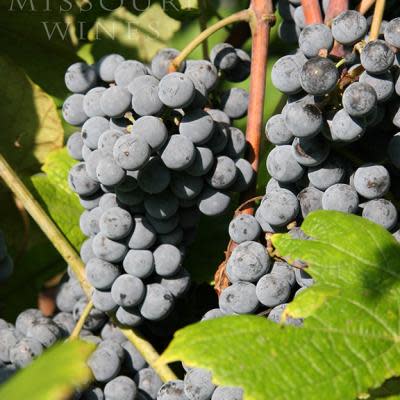
Other AVAs in the state include regions around Hermann, the southwest Missouri Ozark mountains and highlands, the south central region around St. James and Loess Hills in Northwest Missouri.
In the 1980s, a new tax on wine created funds for the creation of the Missouri Wine and Grape program. Missouri State University played a role in revitalizing the state’s wine industry, with its fruit experiment station working in tandem with winemakers to determine the best grapes for Missouri’s climate.
In 2003, the Norton/Cynthiana varietal became Missouri’s official state grape. By 2011, the state was home to 100 wineries.
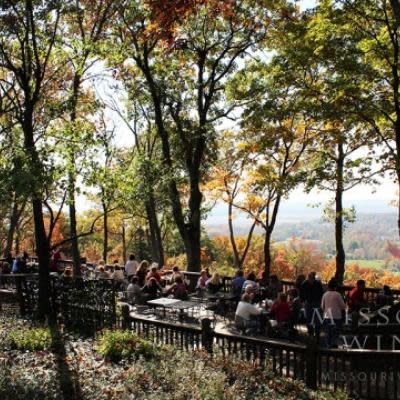
Today, innovation continues to create new products at Missouri wineries, branching out from traditional bottled beverages into canned wine products. Additionally, new wineries continue to sprout up every year, and in Augusta, investor David Hoffmann aims to create an international wine destination.
“Several new wineries have opened in the past 12 months with several more scheduled to open in the near future,” Alden said.
This article originally appeared on Springfield News-Leader: Missouri's deep-rooted history of wine production predates Prohibition
